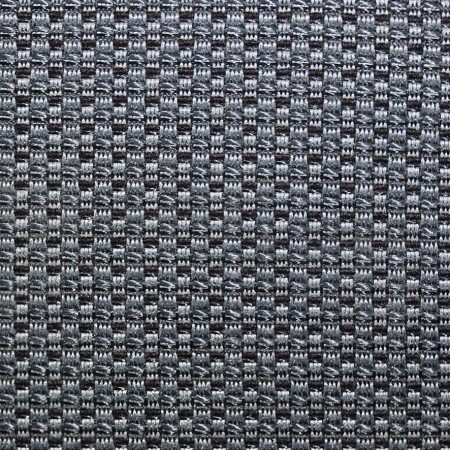
Artur Lupp has rejoined the Center for Human-Computer Interaction, University of Salzburg, in July 2022 to work on the EU Project HADRIAN. From 2019 until now he is also partially doing freelance work as a UX Designer and an UX Consultant. He gained a lot of experience while previously working at the Center whilst engaging in Projects like SAAM, GeFaBe, Enhancing Motorcycle Drivers’ Experience (in cooperation with KTM and WIVW), MADSaV, CDL, and SecPatt. This allowed him to build a solid foundation in UX, UI and IX knowledge, especially in the Automotive HMI Domain.
